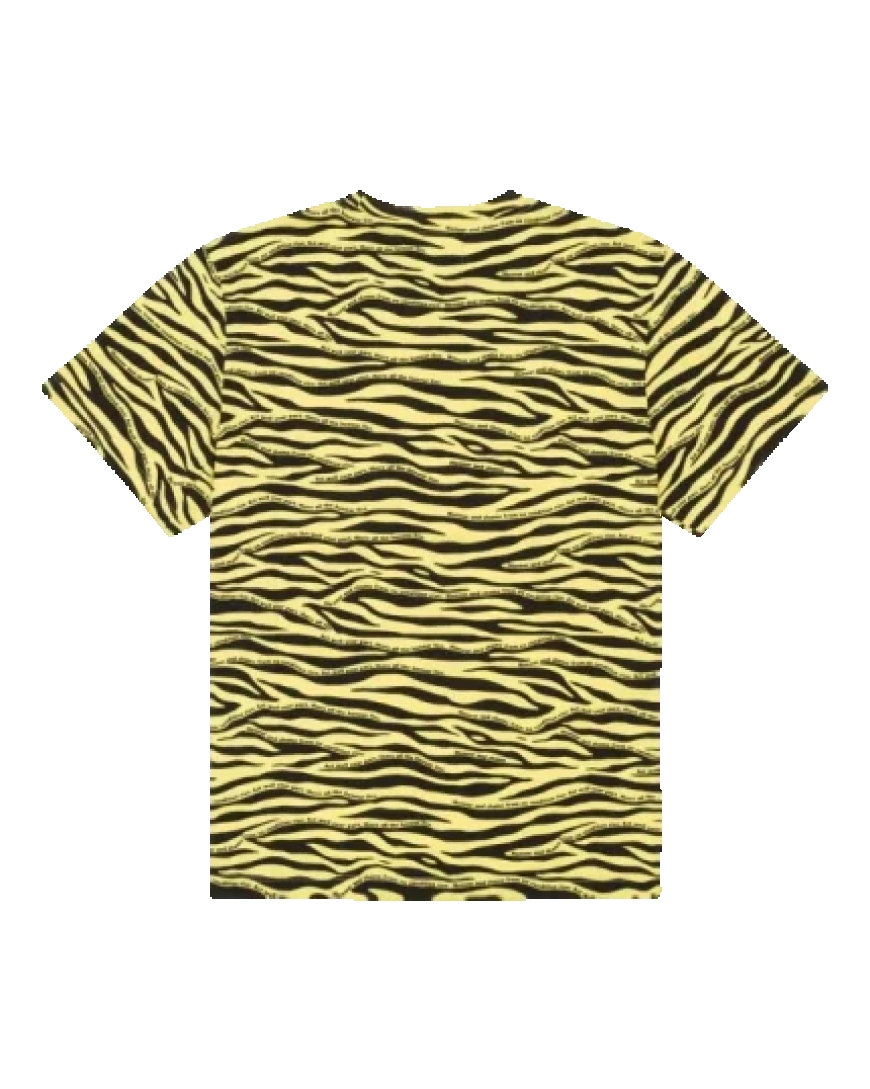Denim Tears Blends Art, History, and Activism
Denim Tears Canada Collection at Official Denim Tears Clothing Website. Enjoy Fast Shipping and Substantial Discounts! Up to 50% Off.

In the ever-evolving world of fashion, few brands manage to balance aesthetics with a powerful social message. Denim Tears is one such brand, seamlessly intertwining art, denim tears African-American history, and activism. Created by Tremaine Emory, the label goes beyond fabric and design. It tells stories, revisits painful historical truths, and invites both wearers and observers to question what fashion can represent in todays cultural climate.
Denim Tears is not just a clothing brandit is a cultural statement. Each collection acts as a canvas, a platform where Emory explores themes of identity, struggle, and resilience. While fashion often flirts with activism, Denim Tears lives in it. It makes history wearable, creating garments that provoke thought, stir emotions, and offer a sense of remembrance and pride.
The Visionary Behind the Brand
Tremaine Emory, the founder of Denim Tears, is more than a designerhes a storyteller and a cultural curator. Born in Atlanta and raised in Queens, New York, Emory has worked in various corners of the creative industry, from art to music, and notably as a creative director for Ye (formerly Kanye West) and as a consultant for brands like Stssy and Supreme. However, Denim Tears stands as his most personal and impactful project to date.
Launched in 2019, Denim Tears made an immediate impression with its striking debut: a line of Levis denim printed with cotton wreath motifs. These motifs were not just artistic choices; they were deeply symbolic references to the cotton fields worked by enslaved African Americans. By choosing cottona material historically tied to slaveryas a central visual and literal element, Emory turned fashion into an instrument of remembrance and reflection.
Revisiting History Through Fabric
Denim Tears is rooted in the history of Black America. Emorys work seeks to examine how Black people have shapedand been shaped bythe American experience. His collections are not seasonal whims but deliberate, researched meditations on generational trauma, cultural contribution, and resistance.
One of the brands most iconic garments is the cotton-wreath Levis denim jacket. At a glance, it may appear as a bold fashion statement, but its meaning runs deeper. The cotton wreath design echoes the haunting reality of slavery, where cotton production relied on the brutal exploitation of Black bodies. By reclaiming this imagery and placing it on one of Americas most iconic pieces of clothingLevis denimEmory forces a reckoning with the past while empowering its survivors and descendants in the present.
The storytelling continues in collaborations with heritage brands. When Denim Tears partnered with Converse, the result wasnt just a limited-edition sneakerit was a dialogue about Black creativity and cultural ownership. Even seemingly simple pieces like hoodies or T-shirts often carry quotes, images, or symbols that link directly to Black intellectual, spiritual, or political history.
Aesthetic Meets Message
Denim Tears challenges the notion that fashion must be superficial or apolitical. Its aesthetic is intentionalminimalist but powerful, bold without being brash. The designs themselves are often subtle, yet they carry profound meanings once contextualized.
Color palettes frequently draw from Pan-African themes. Imagery features historical icons, poetic references, or archival photographs. Words printed on garmentswhether a simple "TEARS" logo or a longer textare chosen with care and resonate with those who understand the coded language of cultural memory.
Through this thoughtful blend of form and function, Denim Tears appeals to a generation of consumers who seek more than trendiness in their wardrobes. These are individuals who understand that what they wear can communicate their values and beliefs. In an age where visibility and representation matter more than ever, Denim Tears offers a uniform for the culturally conscious.
Fashion as Resistance
Denim Tears does not aim to comfort; it aims to confront. Its existence challenges a fashion industry that has historically borrowed from Black culture without acknowledging its roots or compensating its contributors. Emorys work is a response to that systemic erasure. By centering Black history and experience in every collection, he pushes back against cultural appropriation and insists on cultural appreciation.
The brand is also a form of resistance in how it operates. It prioritizes storytelling over sales, message over mass production. Denim Tears is not fast fashionits slow, deliberate, and meaningful. Drops are limited, and releases are spaced out, encouraging reflection rather than consumption. The scarcity of the pieces amplifies their significance and fosters a sense of reverence among followers.
In doing so, Emory disrupts capitalist norms in fashion, which often reward quantity over quality and trend over truth. Instead, he invites people to buy less, think more, and wear with purpose.
Cultural Collaborations and Impact
Collaboration plays a crucial role in Denim Tears ongoing narrative. The brand has joined forces with fashion giants like Dior, as well as historically Black institutions such as Morehouse and Spelman Colleges. These partnerships are more than marketing strategiesthey are cultural alignments. They allow Emory to extend his message to broader audiences while maintaining integrity.
One notable collaboration with Dior Men, led by Kim Jones, merged high fashion with Emorys grassroots ethos. The capsule collection featured traditional Dior tailoring infused with Denim Tears symbolism, resulting in a fusion that honored African American contributions to global fashion and culture.
In collaborating with Black colleges, Denim Tears reinforces the importance of education, legacy, and self-determination within the Black community. These collections celebrate not only Black excellence but also the institutions that have nurtured it for generations.
The Emotional Core of Denim Tears
At the heart of Denim Tears lies emotiongrief, pride, hope, and resilience. The name itself, Tears, suggests sorrow and healing. Emory has spoken about the emotional labor behind the brand: the research, the conversations with elders, the digging into archives. This is not just creative work; it is ancestral work.
Many pieces are designed to spar k dialogue. A Denim Tears jacket is not just wornit is noticed, questioned, and discussed. And thats exactly what Emory wants. Denim Tears Sweatshirt The garments are invitations to speak about history, to reflect on shared and individual experiences, and to imagine new futures rooted in truth and justice.
Looking Ahead
Denim Tears is still a young brand, but its cultural footprint is growing. As fashion continues to grapple with issues of diversity, representation, and accountability, Denim Tears offers a powerful model. It shows that style does not have to be separate from substance, that design can coexist with activism, and that fashion can be a site of both beauty and resistance.
In a landscape often obsessed with the next big thing, Denim Tears remains committed to the bigger picture: remembering the past, challenging the present, and inspiring a more just future. It is a brand that refuses to look awayand in doing so, it compels us all to pay closer attention.





































